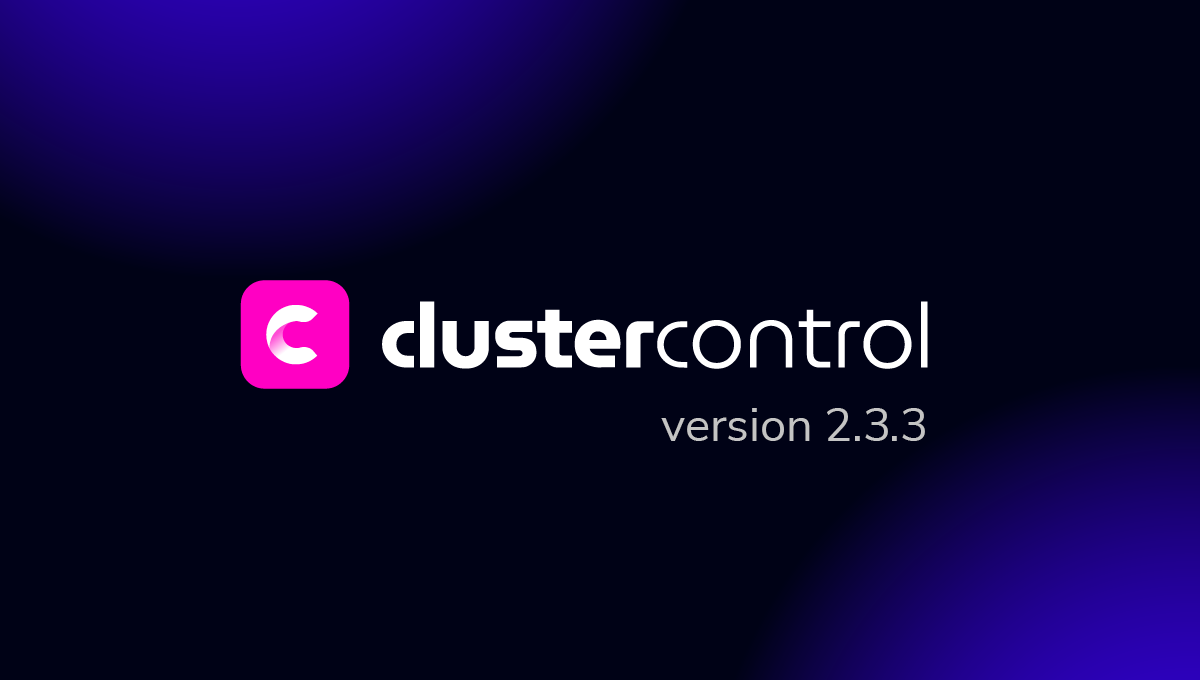blog
Hybrid Cloud vs Full Public Cloud – Pros & Cons

Technology consumers and users have embraced cloud computing ever since its boom. It implicates a very beneficial part nowadays to the technology on how humans use and interact with technology, especially the advent of IoT (Internet of Things) and IoE (Internet of Everything). Both technologies conceptualize how it will interconnect a variety of devices (including smartphones, home appliances, sensors, and other network devices), people, data, and processes and allow them to communicate with each other seamlessly.
Although IoT or IoE is not our focus on this blog post, both are using cloud computing to facilitate the system that underlies its concept. Now it might have to focus on the general term of cloud computing, but a hybrid cloud vs full public cloud differentiates the importance and its advantages on where it applies to. Security, cost, data autonomy, and management can be some of the primary aspects to look into what are the pros and cons of the two.
Deploying your database technology into a Hybrid Cloud environment entails advantages but also disadvantages that covers up the whole process of this setup. Determining whether you require a Hybrid Cloud requires a full understanding of the capacity and assessment of your overall organizational or company requirements. In this blog, we’ll take a look at how Hybrid Cloud and Full Public Cloud databases can be advantageous or disadvantageous in real world scenarios.
What is a Hybrid Cloud?
In our previous blog, we defined Hybrid Cloud Database as the following:
“It is a topology that uses a mix of private, and public cloud, and even on-premises services. It sounds similar to a Multi-Cloud environment, but the main difference is that this concept refers to the combinations of public and private specifically, which could include on-prem too.”
Implementing your Hybrid Cloud has to be properly documented as it can take multiple unique services to deliver its needs and satisfy the requirements. Security and data management or data autonomy has to be effective and productive. To make things clearer and simpler, let’s go over its pros and cons (or the advantages and disadvantages) of the hybrid cloud.
Pros With Hybrid Cloud
The most common denominators for using Hybrid Cloud are as follows:
-
Disaster Recovery (DR): Hybrid Cloud approach allows you to have a Disaster Recovery environment for High Availability or redundancy, so you can failover in case of failure. Data can be distributed across multiple cloud providers for highly effective redundancy, failover, and disaster recovery.
-
Scalability: In case you need to scale your databases, using a Hybrid topology allows you to scale in different ways, depending on the solution and requirements. Also, it allows you to cope with variations in resource demand adding or removing resources/nodes in a fast way.
-
Faster Development: Hybrid cloud can help you deliver new products and services more quickly by eliminating barriers that slow your business and development teams down.
-
Compliance and security: Confidential applications can be operated privately while less sensitive workloads can be deployed to a public cloud. Also, Hybrid Cloud infrastructure can be tailored to conform to strict, mandatory privacy, and governance rules for sensitive and confidential workloads and data.
-
No lock-in: If you adopt a cloud-only model, it could be hard to avoid getting locked into one or two cloud providers. The cost of moving data from the cloud provider could be high, so using a Hybrid environment can help with this.
-
Cost: In general, having this kind of mixed environment decreases the cost of maintaining hardware, and also, using a Hybrid Cloud Database environment in the public cloud will decrease it even more as you will be using a pay-as-you-go model.
Whilst, on the business side, common advantages with Hybrid Cloud are,
-
Reduction in CapEx (Capital Expenditures) or the organizational IT infrastructure costs
-
Improving the quality and availability of service.
-
Avoiding vendor lock-in.
-
Quicker actions to adapt to the changing demands in the market, with better flexibility and agility.
-
The fast and quick building of innovative enhancements or advancements especially in the advanced analytical services such that involves AI that might be difficult to implement in existing environments.
-
Improving transparency regarding costs and resource consumption.
-
Compliance regarding data security and data sovereignty with global or regional regulations.
In design and development, common drivers are:
-
Lessen the development cycle time spent, while aiming to convert classic and old approach with automation and accelerating application rollouts to achieve faster time to market
-
Take advantage of existing API’s, avoid reinventing from scratch. This saves cost, development time, and effort
-
Accelerating the provisioning of compute and storage resources
While the most important thing, especially with a production environment, has to have a full introspection of your environment. Who accesses it (clients, applications), how it can be accessed, who’s allowed (engineers) to access it, level of security, and how data is stored securely.
-
Ensuring consistent authentication, authorization, auditing, and policies across computing environments.
-
Using consistent tooling and processes to limit complexity.
-
Providing visibility across environments.
Cons With Hybrid Cloud
Hybrid Cloud solutions especially with your database servers hosted or running in it is not a walk in the park. As there is no perfect solution for your database, , following are the denominators to show the cons with hybrid cloud:
-
Make sure it works for the company: You need to make sure that it is a good solution for your company, otherwise, it could be a problem that could affect the systems or even the budget in a bad way.
-
Security: You need to ensure that your data is safe, so security is a must in all companies. Using a Hybrid Environment makes this task much more complex. Some industries, such as finance and healthcare, require very high levels of security and are subject to strict privacy controls. So, in some cases, using a Public Cloud is just not possible. Although there are things such that services that are a factor to your internal services hosted privately, services running in the Public Cloud can be used as long as it does not affect security concerns.
-
Scalability limitations: In a Public Cloud Environment, most probably you can scale-up and scale-out as much as you can pay for it, but in a Private Cloud or On-Prem there is a hardware limitation and this could be a time-consuming and costly task. Aside from this, make sure that all channels that are interacting with the outside world or with your public cloud have to be in the most safest and secure way. This can also cause security breaches if not addressed properly.
-
Cost: As we said, using a Public Cloud model could decrease the cost of your infrastructure, but a Private Cloud is not something cheap, so you need to check the numbers and take the best decision taking the budget into consideration.
-
Infrastructure complexity: For a hybrid cloud to deliver maximum benefit, its public and private components must be strongly linked and orchestrated. Management, integration, and security become increasingly complex as the number of clouds proliferates, especially when sourced from different providers.
-
Maintenance: It covers cost in this regard as you have to employ special skilled engineers to always maintain and make sure that all the infrastructure and software are running properly and accordingly to the plan. You have always made sure that nothing goes south and it always has to make sure that security measures are all tied up. Take note that most of the security breaches come from human errors or unpatched security vulnerabilities.
Full Public Cloud
When you say a Full Public Cloud, this means that you are 100% relying on the services that a public cloud vendor is offering. Regardless of how many cloud providers you have in contract, there’s always a pros and cons with this.
Most popular cloud providers are Amazon Web Services (AWS), Google Cloud Platform (GCP), or Microsoft Azure. Other competitors include IBM Cloud, VMware Cloud, Oracle Cloud, Alibaba Cloud and others. Public Cloud nowadays are sprouting and it’s almost a common service offered especially by platform services that support software as a service or database as a service such as MariaDB Cloud, Aiven, TimeScale Cloud, or CCX.
Pros Within Full Public Cloud
-
Less Hassle Infrastructure Management: Most notable aspect of having a Full Public Cloud is the advantage of less hassle or to be almost hassle-free with managing the infrastructure. Although there are servers that you have to maintain, especially the none-fully managed services, the underlying infrastructure is not your concern. If you are using fully-managed services such as DBaaS, you only have to focus on your data and how to tune up your database server you have provisioned.
-
Pay-as-you-go flexibility: Imagine, if you are in a meeting discussing architectural design, you can leverage the appliances that are available to test and try on the fly. The advantage is that you are doing that by demand and on the spot. You don’t have to wait for your servers to arrive or buy the special servers digging some research on what type of servers and hardware you need. Then in a real-world case, it’s easy to scale and focus on your application optimization and use what are the required services or appliances by just subscribing to what you call a pay-as-you-go model or services that would satisfy your needs. This helps reduce time to wait and speed up your development processes or flow.
-
Costs Reduction: You have to pay for the services you only rendered. You don’t need an underlying software or licenses to facilitate and also the hardware to run it.
-
24/7 Support and Maintenance: Public Cloud support and maintenance features are usually sophisticated and are extensive. They are tested to make sure that your appliance rendered is always ensured high availability at all times. In case of disaster, you can call the hotline or ask for some help and you can ensure that the provider will take care of your problem as a top priority.
-
High scalability: Scalability wise, a Public Cloud is a perfect solution with less hassle and just hopped on the business side problems to take care. Scaling your infrastructure either vertical or horizontal can be very expensive if you have to take this either on-prem. Although a private cloud can also take care of this, with on-premise the cost and problems will just arise and extend. From hardware and engineering costs, that will piled up for sure.
-
Disaster Recovery: The traditional approach to DR requires a significant investment of time and resources. Companies or organizations aim to have a DR standing by as a replica of the current primary infrastructure as possible and that comes with the whole infrastructure from hardware and software. With Public Cloud, this is easy to achieve as there are available compute storage and servers that you can avail and have sophisticated network services to offer. Backup solutions are also available that are very flexible to setup for the users. These come up with easy to build DR environments with little upfront costs through a pay-as-you-go model
-
Highly Available, Fault Tolerant and Lower Latency: Such that it’s good for DR, Public Cloud providers invest tons of money to provide a highly available setup by extending its DR setup by different data centers in a region, and that adds a fault tolerant environment not obvious to the consumers. In that regard, you can also spread your servers into different regions and that also allows lower network latencies. You can host by region to provide a good user experience to your customers.
Cons With Full Public Cloud
A Full Public Cloud emphasizes a lot of advantages that are very beneficial. However, it’s not always a perfect solution and infrastructure to utilize. Here are some common cons with availing of a Full Public Cloud.
-
Privacy and Data Security: This is the most common factor that organizations and companies are dealing with. Public Clouds do not disclose or share how they are storing the data that are said to be kept private from the world and the users. You might never know how your data is being handled or managed as you do not have control or access to limit only people who can gain access. Organizations or companies that are dealing with PCI DSS or HIPAA compliance, might find using the public cloud a challenge, since storing your data without freedom and confidentiality on how your data shall be stored, access, backup, or transmitted over the wire counts every point of security concerns.
-
Lack of options: Public cloud providers usually have a one-size-fits-all approach with standard options. If a company has a unique need, they may not be able to meet those requirements.
-
Physical Control: When you outsource to the public cloud, it’s literally out of reach. Any configuration and other aspects of IT management are left to a group that is not directly involved in daily operations.
Conclusion
You might have both options to choose from but it depends on what kind of requirements you need and have to implement. Public Cloud has been improving and has also adopted security measures and regulations that could help you manage your compliance with law and regulations. However, you have also to consider the cost and data autonomy whenever you need full control since you own the data and has to kept it with top notch security and control.




